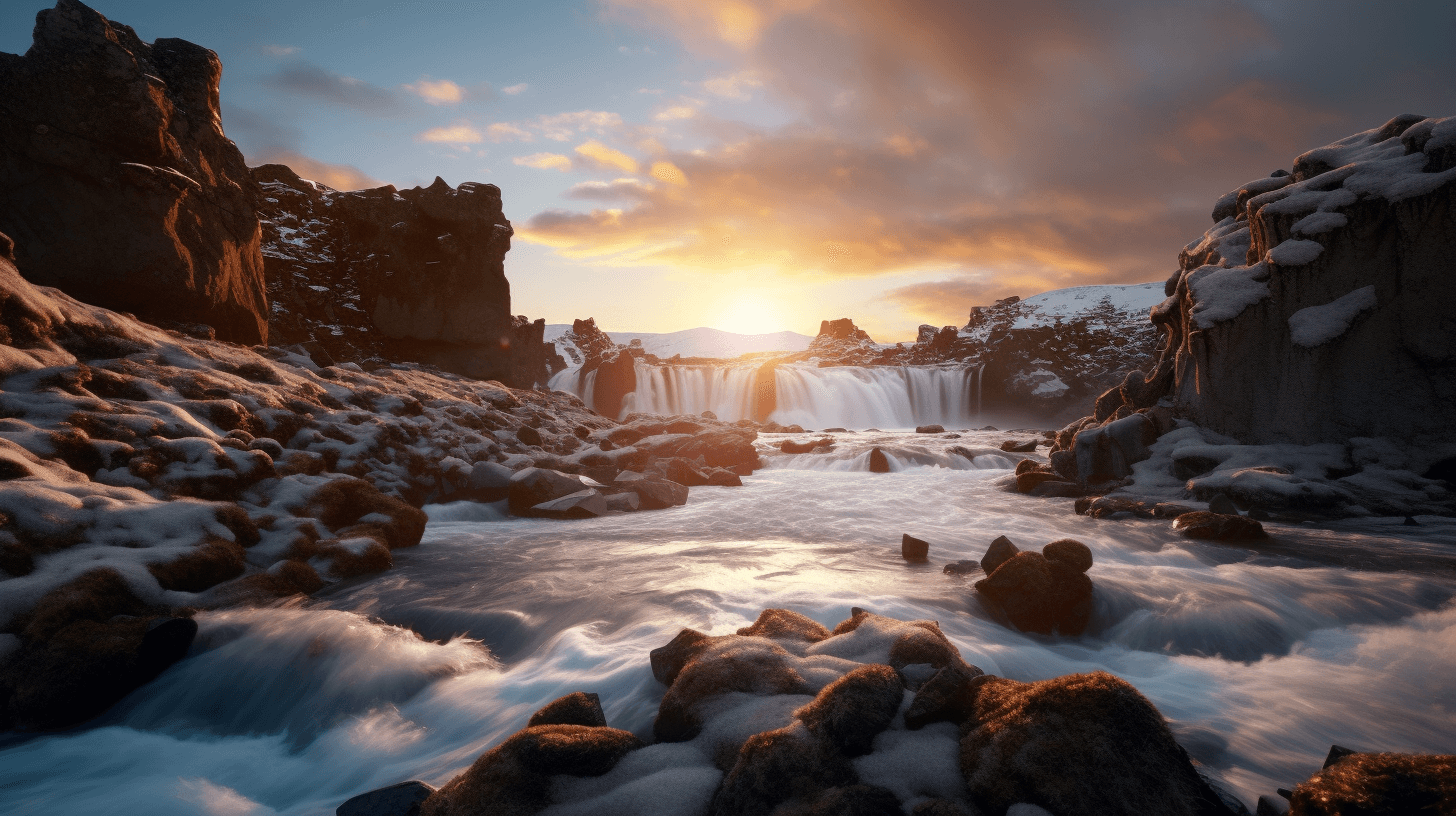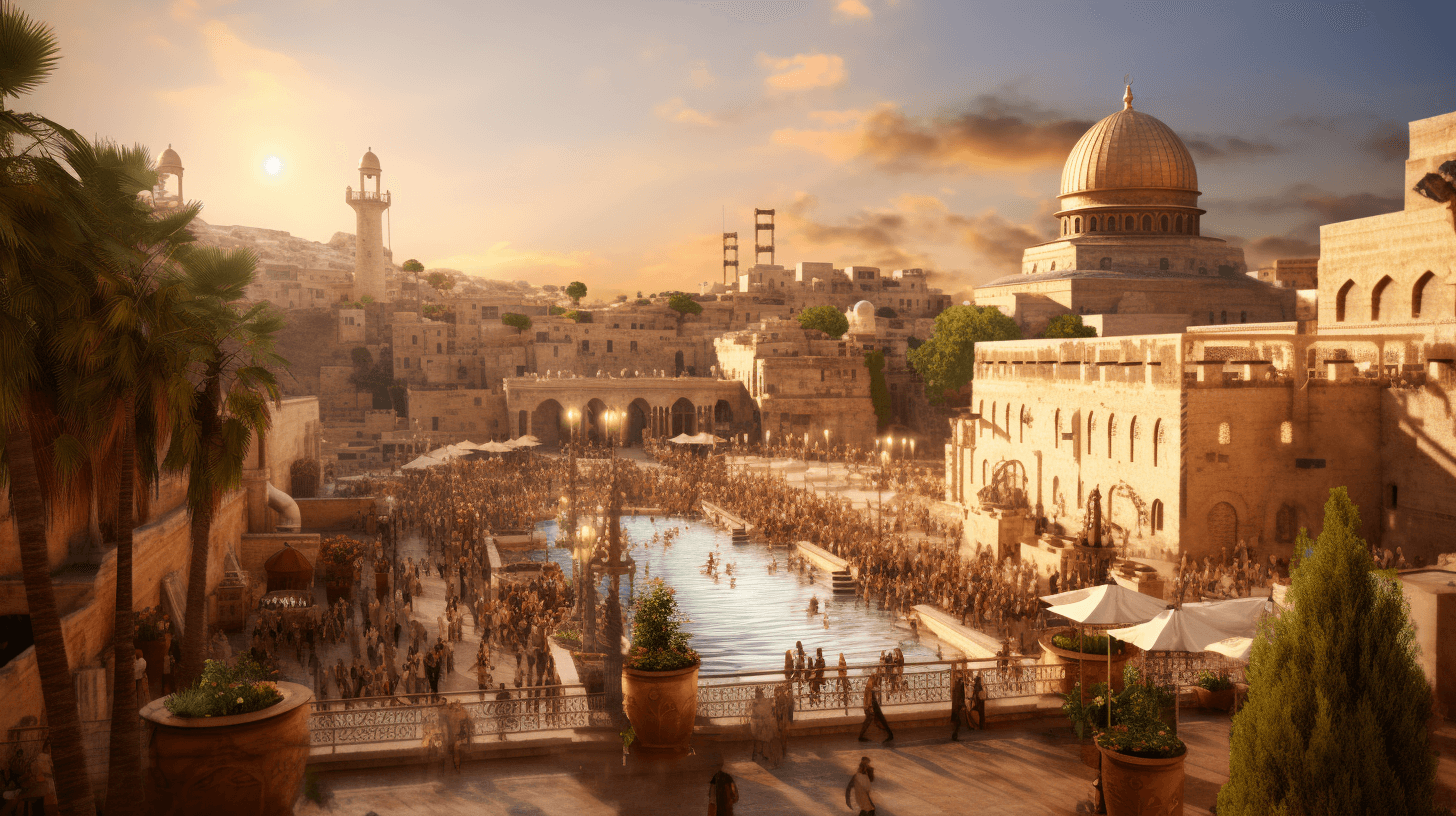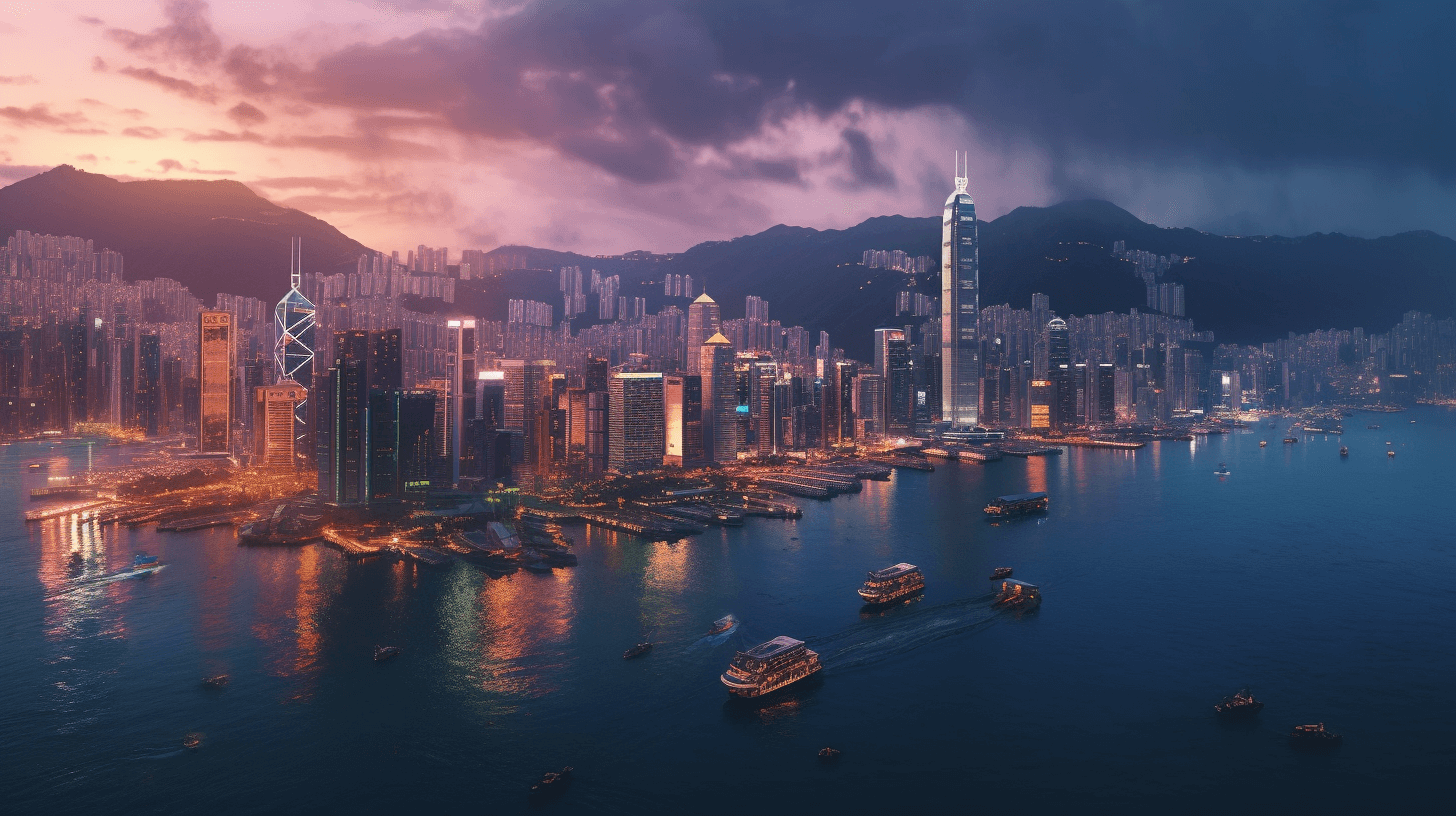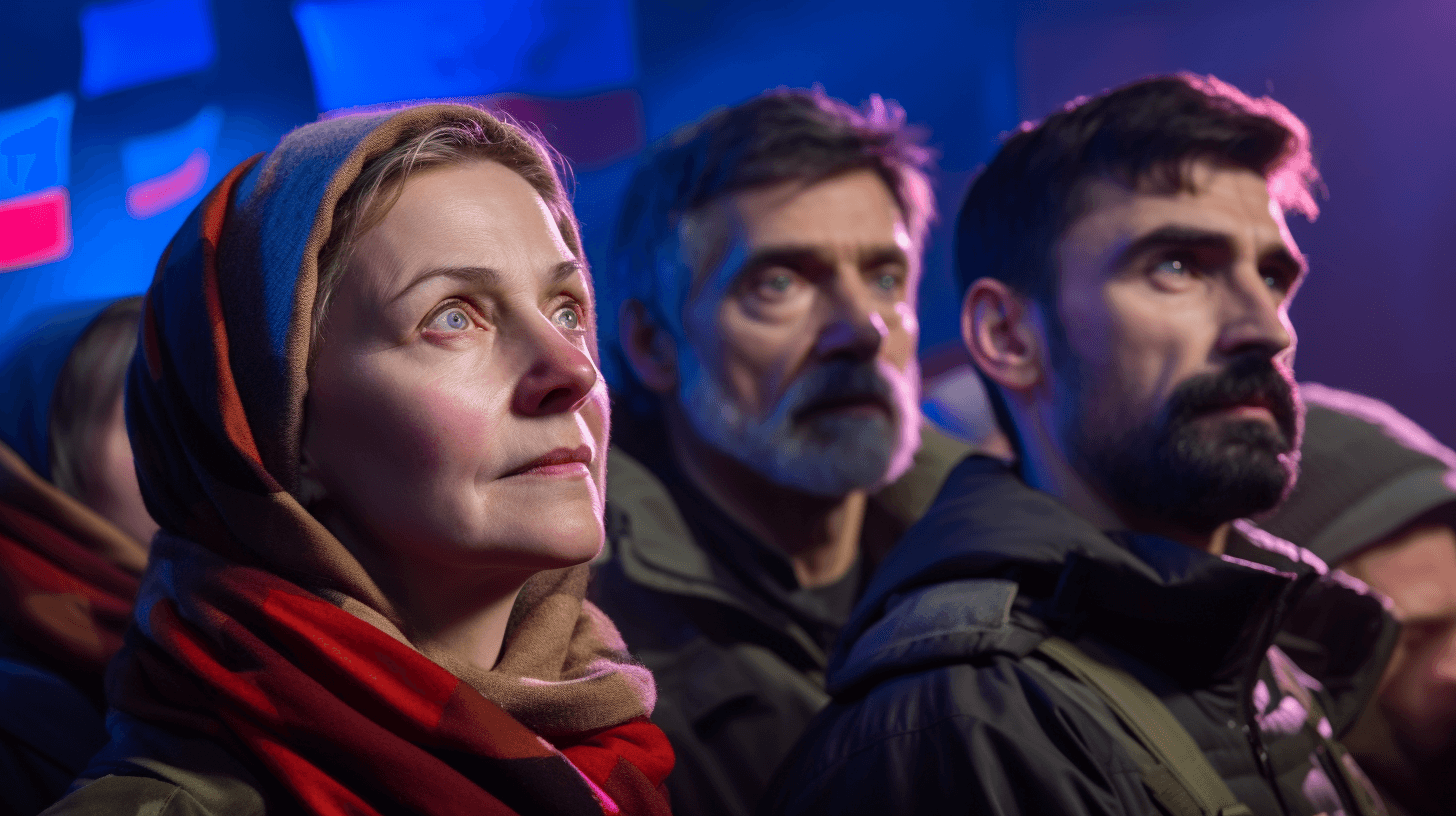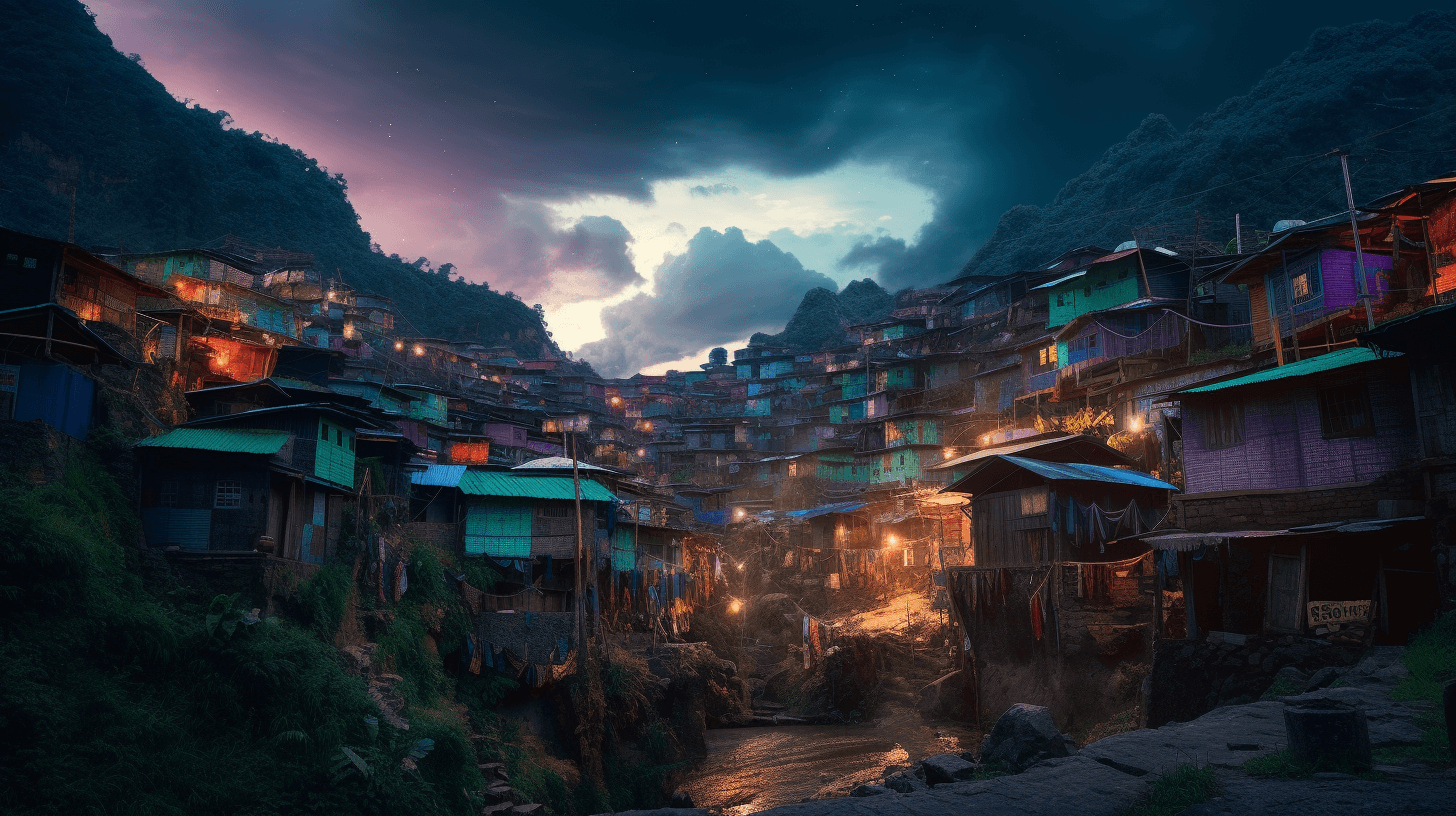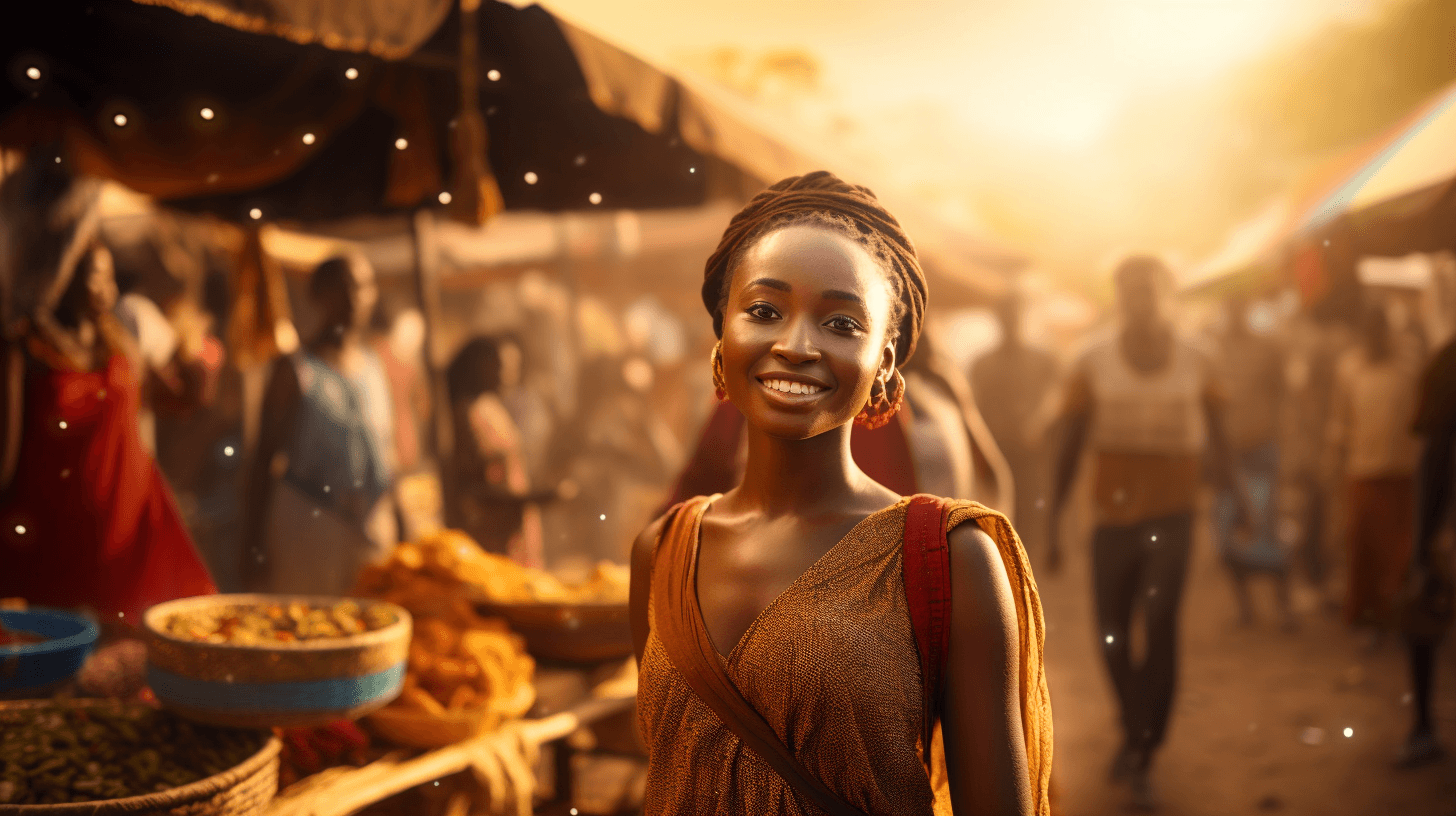🌍 Da Iceland Kine Tourist Trap: One Special Advise From Da First Lady
Eliza Reid, da wahine of President Gudni Johannesson and one time U.N. kine tourism ambassador, wen welcome plenny tourists fo’ visit her country, Iceland. She get plenny advice fo’ dem on how fo’ stay safe, show respect, and meet da local kine peeps.🤙
In July 2017, Eliza and her husband, President Gudni Johannesson, wen celebrate dea wedding anniversary with one sweet dinner in Reykjavik, Iceland. Get choke peeps out dea, so Eliza tell her husband fo’ go fo’ one small-kine walk afta dea ono grinds. But da President, him no like face da crowd dat like selfies.📸
Eliza say, “Brah, no need worry.” And ho, she wen right: dey wen walk around, nobody recognize him ’cause most of dem tourists.😆
Eliza, one Canadian-born wahine, wen live in Iceland fo’ ova twenty years now. She wen see da tourism boom, from jus few hundred thousand kine visitors to ova two million a year befo’ da pandemic. Dat’s one big kine deal fo’ one place wea get unda 388,000 peeps.👥
Da booming tourism wen bring good and hard kine stuff. Eliza wen see ’em all. When her husband wen get elected president in 2016, she been working as da editor of da Icelandair in-flight magazine. Tree years later, as first lady, she wen take one paid job fo’ promote da country’s exports and show off Iceland as one tourist destination. She wen publish one book last year – half travelogue, half memoir, half feminist history of Iceland – and she still running da writers’ retreat dat she wen start with one friend.📖
I wen sit down wit Eliza in da presidential house, and we wen talk story fo’ about one hour. She wen talk about da best way fo’ visitors to meet Icelanders and what she tink about da word “overtourism.”
Tourism wen explode in da 20 years dat you been living in Iceland. How dat wen look like? Tourism wen give us mo’ access to so many things here. You can see ’em in da number of places dat I can fly to direct from Iceland, da number of restaurants and cafes in Reykjavik. Stores and odda places also stay open longer den befo’.🛍️
Da Icelandic peeps like fo’ travel. Dey get plenny interest and curiosity about da outside world, and dey happy wen da outside world get interest in us. You can see dat in da stats about how Icelanders feel about tourism here, ’cause it been one big contributor to our economy and we stay proud of da country.🌍
You wen mention in your book, “Secrets of the Sprakkar: Iceland’s Extraordinary Women and How They Are Changing the World,” dat tourism wen help pull Iceland out of da 2008 economic crisis. Can you talk more about dat? Yeah, had da economic crisis and also da volcanic eruption. Dose two tings, on da surface, look like bad kine stuff but actually, dey wen help in some ways. I no mean fo’ say anybody wen like go through da economic crisis. But da good side was dat all of a sudden, Iceland wen become mo’ affordable.💰
And den few years later, da volcano wen erupt, and dey wen shut down air traffic ova Europe, and everybody wen realize dat Iceland stay closer den dey thought. It’s not some far away, hard-to-reach island, but still, it seem like exotic and interesting. Afta dat, we wen see one explosion in tourism.🌋
You know, I wen start visiting 25 years ago, and in dose days I would meet peeps who would say, “What, you mean Ireland?” And now everybody say, “Oh, I’m going dea,” or “My neighbor’s going,” or “I like go.” It’s far mo’ in peeps’s consciousness.
Right afta da volcanic eruption in 2010, dey wen start da “Inspired by Iceland” campaign fo’ promote tourism. I wen read dat ova one quarter of da Icelandic adult population wen participate in dat. Well, everybody was supposed fo’ tell all their friends fo’ come to Iceland. I wen do dat fo’ sure, and plenny odda peeps wen do, too. Dey wen have some genius campaigns, and lot of them have important underlying messages about sustainability, like da Icelandic pledge, a commitment to responsible travel dat anybody can take online. I tink dat travelers like learn about da countries we visiting and what we can do fo’ give back, but sometimes we no know how fo’ access dat information. And da Icelandic pledge is one good way of reminding peeps to be kind to nature and make sure you have one travel plan in case something happen.🍃
I was surprised by one item in da pledge dat say, “I will take photos to die for, without dying for them.” I guess peeps forget themselves sometimes? Ova hea we get hot springs with really hot water; we get active volcanoes; we get sneaker waves on da beaches; we get strong winds. We somehow tink dat we invincible when we on vacation, but we still gotta use our common sense.🏞️
You wen write in your book dat one of da best ways fo’ visitors to get to know Icelanders is fo’ chill in a hot tub at a geothermal pool. Why is dat? Dey say if you like meet one Brit, go to a pub; if you like meet a French person, go to a cafe. And fo’ sure hea in Iceland, you go to one swimming pool, ’cause dat’s wea you can meet peeps – morning, afternoon or evening. And I recommend dat visitors try different pools, ’cause dey all get their own character and personality and you can meet different kine peeps. Dey clean and affordable, and it’s something dat all da locals do.🏊
Reading your book, I wen get da feeling dat da Icelandic community is getting mo’ diverse, but still very close-knit. On da weekend, I wen need fo’ buy a bra – which, you know, it’s such a fun experience. I was talking to da wahine who work at da store, and da wahine in da changing room next to me says, “I know dat voice.” And it was our chief medical officer – like da Anthony Fauci of Iceland. And we just wen laugh dat only in Iceland we run into each other in one underwear store. And then I ran into her again in da grocery store da next day. And you just tink: Dis is one small country.😂
A few years befo’ da pandemic, Iceland wen start getting some media attention for “overtourism.” What did you tink of dat? I tink dat overtourism is a bit of an unfair terminology. Yeah, da number of tourists increased and da percentage increase has been huge, but a lot of dat has to do with seasonality. It used to be dat everybody came in da summertime ’cause you couldn’t stay anywhere in da countryside in winter. But now two-thirds of da peeps who visit come outside of da summer months. Dey coming year-round and dey traveling much more around da country. It’s still easy fo’ come hea and not see any other tourists.
In da bigger cities in Europe, you see challenges with accommodation and affordable housing and making larger communities livable fo’ residents. We wen see dat hea, too. But overall I tink tourism is one good ting if it’s managed properly, and we get long-term sustainable plans. It’s ultimately bringing money into da economy. Dat’s why it’s good to get lots of family-owned-and-operated businesses. We need da big companies; dey paying plenty taxes. But you gotta have one mix.💵
In 2017, you wen get appointed U.N. special ambassador fo’ tourism and da sustainable development goals. Why did you take dat on? Well, 2017 was da U.N. Year of Sustainable Tourism, and I was thrilled fo’ be offered dat role. I tink da sustainability angle is very, very important. It dovetailed with so many of my personal interests, also ’cause so many women work in tourism. And I’m really interested in exploring dis idea of tourism as a path to peace, especially in former conflict zones.🌍
What you hope peeps might take away from one visit hea? I tink when we traveling, we remember da peeps we meet, da cultural experiences we get and everything dat come with it. I’m reading Stanley Tucci’s book, and he calls Icelandic food a revelation. I tink he expected pickled ram’s testicles and rotten shark – but he had dis amazing meal. And dat’s da kine stuff we remember on our trips.🍽️
NOW IN ENGLISH
🌍 The Iceland Kind of Tourist Trap: Special Advice from the First Lady
Eliza Reid, the wife of President Gudni Johannesson and a former U.N. tourism ambassador, has warmly welcomed numerous tourists to visit their country, Iceland. She provides ample advice for them on how to stay safe, show respect, and meet the locals.🤙
In July 2017, Eliza and her husband, President Gudni Johannesson, celebrated their wedding anniversary with a lovely dinner in Reykjavik, Iceland. There were many people around, so Eliza suggested her husband take a short walk after their delicious meal. However, the President wasn’t keen on facing the crowd that wanted selfies.📸
Eliza reassured him, “No need to worry.” And indeed, she was right: they strolled around, and no one recognized him because most of the people around were tourists.😆
Eliza, a Canadian-born woman, has lived in Iceland for over twenty years now. She has witnessed the tourism boom, from just a few hundred thousand visitors to over two million a year before the pandemic. That’s a big deal for a place that has a population of under 388,000.👥
The booming tourism brought good and challenging aspects. Eliza saw it all. When her husband was elected president in 2016, she was working as the editor of the Icelandair in-flight magazine. Three years later, as the first lady, she took on a paid job to promote the country’s exports and showcase Iceland as a tourist destination. She published a book last year – half travelogue, half memoir, half feminist history of Iceland – and she still runs the writers’ retreat that she started with a friend.📖
I sat down with Eliza in the presidential house, and we had a conversation for about an hour. She spoke about the best way for visitors to meet Icelanders and what she thinks about the term “overtourism.”
Tourism exploded in the 20 years that you’ve been living in Iceland. What did that look like? Tourism has given us more access to so many things here. You can see it in the number of places that I can fly to direct from Iceland, the number of restaurants and cafes in Reykjavik. Stores and other places also stay open longer than before.🛍️
Icelandic people love to travel. They are quite interested and curious about the outside world, and they’re happy when the outside world shows interest in us. You can see that in the stats about how Icelanders feel about tourism here, because it has been a big contributor to our economy, and we are proud of the country.🌍
You mentioned in your book, “Secrets of the Sprakkar: Iceland’s Extraordinary Women and How They Are Changing the World,” that tourism helped pull Iceland out of the 2008 economic crisis. Can you talk more about that? Yes, there was the economic crisis and also the volcanic eruption. Those two things, on the surface, look like bad events but actually, they helped in some ways. I don’t mean to say that anyone wanted to go through the economic crisis. But the upside was that all of a sudden, Iceland became more affordable.💰
And then a few years later, the volcano erupted, and they had to shut down air traffic over Europe, and everyone realized that Iceland is closer than they thought. It’s not some far away, hard-to-reach island, but still, it seems exotic and interesting. After that, we saw an explosion in tourism.🌋
You know, I started visiting 25 years ago, and in those days I would meet people who would say, “What, you mean Ireland?” And now everyone says, “Oh, I’m going there,” or “My neighbor’s going,” or “I want to go.” It’s far more in people’s consciousness.
Right after the volcanic eruption in 2010, they started the “Inspired by Iceland” campaign to promote tourism. I read that over one quarter of the Icelandic adult population participated in that. Well, everyone was supposed to tell all their friends to come to Iceland. I certainly did that, and many other people did, too. They had some genius campaigns, and a lot of them have important underlying messages about sustainability, like the Icelandic pledge, a commitment to responsible travel that anybody can take online. I think that travelers like to learn about the countries we’re visiting and what we can do to give back, but sometimes we don’t know how to access that information. And the Icelandic pledge is a good way of reminding people to be kind to nature and make sure you have a travel plan in case something happens.🍃
I was surprised by one item in the pledge that says, “I will take photos to die for, without dying for them.” I guess people forget themselves sometimes? Over here we have hot springs with really hot water; we have active volcanoes; we have sneaker waves on the beaches; we have strong winds. We somehow think that we’re invincible when we’re on vacation, but we still have to use our common sense.🏞️
You wrote in your book that one of the best ways for visitors to get to know Icelanders is to relax in a hot tub at a geothermal pool. Why is that? They say if you want to meet a Brit, go to a pub; if you want to meet a French person, go to a cafe. And for sure here in Iceland, you go to a swimming pool, because that’s where you can meet people – morning, afternoon or evening. And I recommend that visitors try different pools, because they all have their own character and personality and you can meet different kinds of people. They’re clean and affordable, and it’s something that all the locals do.🏊
Reading your book, I got the feeling that the Icelandic community is becoming more diverse, but still very close-knit. On the weekend, I needed to buy a bra – which, you know, it’s such a fun experience. I was talking to the woman who worked at the store, and the woman in the changing room next to me says, “I know that voice.” And it was our chief medical officer – like the Anthony Fauci of Iceland. And we just laughed that only in Iceland do we run into each other in an underwear store. And then I ran into her again in the grocery store the next day. And you just think: This is a small country.😂
A few years before the pandemic, Iceland started getting some media attention for “overtourism.” What did you think of that? I think that overtourism is a bit of an unfair term. Yes, the number of tourists increased and the percentage increase has been huge, but a lot of that has to do with seasonality. It used to be that everybody came in the summertime because you couldn’t stay anywhere in the countryside in winter. But now two-thirds of the people who visit come outside of the summer months. They’re coming year-round and they’re traveling much more around the country. It’s still easy to come here and not see any other tourists.
In the bigger cities in Europe, you see challenges with accommodation and affordable housing and making larger communities livable for residents. We saw that here, too. But overall I think tourism is a good thing if it’s managed properly, and we have long-term sustainable plans. It’s ultimately bringing money into the economy. That’s why it’s good to have lots of family-owned-and-operated businesses. We need the big companies; they’re paying a lot of taxes. But you have to have a mix.💵
In 2017, you were appointed U.N. special ambassador for tourism and the sustainable development goals. Why did you take that on? Well, 2017 was the U.N. Year of Sustainable Tourism, and I was thrilled to be offered that role. I think the sustainability angle is very, very important. It dovetailed with so many of my personal interests, also because so many women work in tourism. And I’m really interested in exploring this idea of tourism as a path to peace, especially in former conflict zones.🌍
What do you hope people might take away from a visit here? I think when we’re traveling, we remember the people we meet, the cultural experiences we have, and everything that comes with it. I’m reading Stanley Tucci’s book, and he calls Icelandic food a revelation. I think he expected pickled ram’s testicles and rotten shark – but he had this amazing meal. And that’s the kind of stuff we remember from our trips.🍽️

